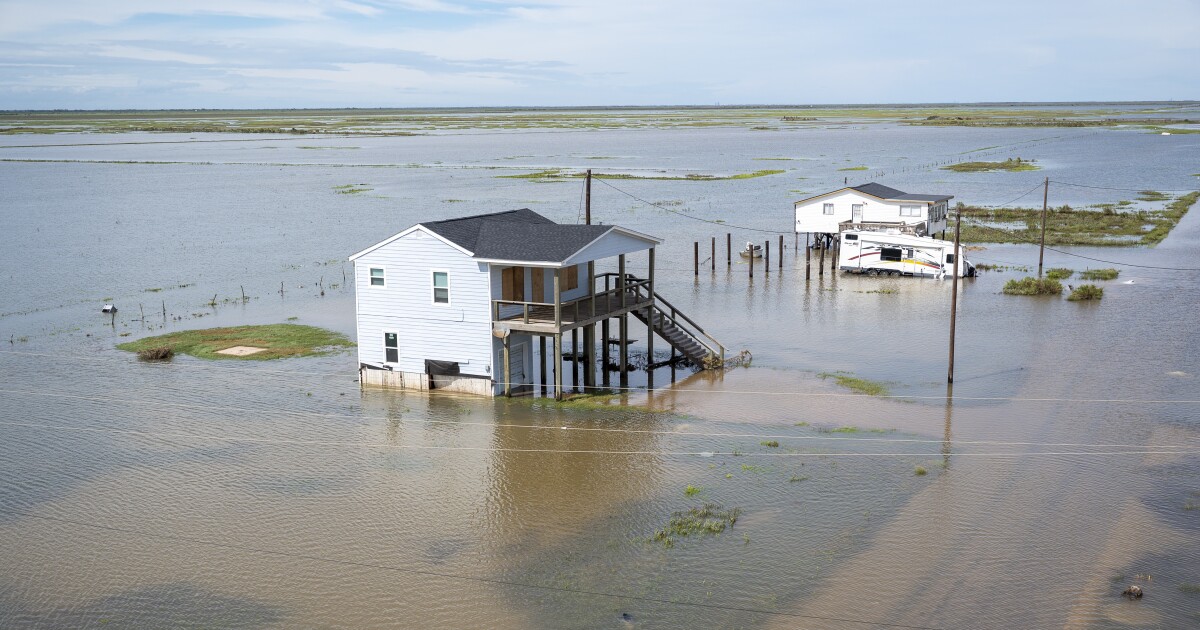
A Congressional Budget Office paper predicts government mortgage sponsors combined will incur $275 million in
Combined subsidy costs for Fannie Mae, Freddie Mac, the Federal Housing Administration and the Department of Veterans Affairs will rise to $395 million in 2053, according to the
The paper follows a
If flood damage were not
Spokespeople for Fannie Mae, Freddie Mac, the FHA and VA didn't reply to requests for comment Monday.
Researchers said they also didn't analyze impacts to homeowners, mortgage lenders, insurers, investors or other federal agencies. Authors considered the impact of flood insurance, but said they did not touch on borrowers' challenges in obtaining coverage. The homeowners insurance market today is beset by rising premiums, which providers blame on inflation and
The National Flood Insurance Program, which covers up to $250,000 of flood damage to a building and accounts for over 90% of residential flood policies, is also under fire. Ten states
The CBO didn't consider private insurance impacts, citing limited coverage data. It used mortgage and census tract data from the government-sponsored enterprises, and flood exposure information from the First Street Foundation and the U.S. Army Corp. of Engineers. The paper used climate change scenarios from the Intergovernmental Panel on Climate Change.
Risks are concentrated in coastal areas, the paper said. The riskiest 25% of census tracts accounted for around 90% of the subsidy cost nationwide, and had subsidy rates four times larger than the national average.
The GSEs are also expected to incur greater costs, because flood damage to those homes are more likely to exceed coverage caps given a larger share of GSE-backed mortgages in flood-prone coastal areas, according to the CBO.
The U.S. Department of Agriculture's Rural Housing Service was also omitted from the study because of limited data.
Familiar states have the highest effect on subsidy costs: California, Florida, Washington, New York, and Texas, the CBO reported. The ever-hot Florida housing market has been severely impacted by
Landlocked, low-populated states led those with the lowest impact on subsidy costs: South Dakota, Wyoming, Nevada, Arkansas, and then the District of Columbia.
The 38-page analysis had other limitations, including relying on outdated SHFA boundaries, the CBO said. Flood damage, besides affecting loan-to-value ratios, could also lead to an increase in mortgage prepayments.
"Ideally, CBO could perform a fuzzy merge of mortgage data and property deeds to obtain better geographic resolution" the authors wrote in a footnote. "Doing so on a nationwide basis would require either access to a proprietary dataset (such as those offered by CoreLogic), however, or an enormous effort to compile and standardize publicly available deed and parcel data."



